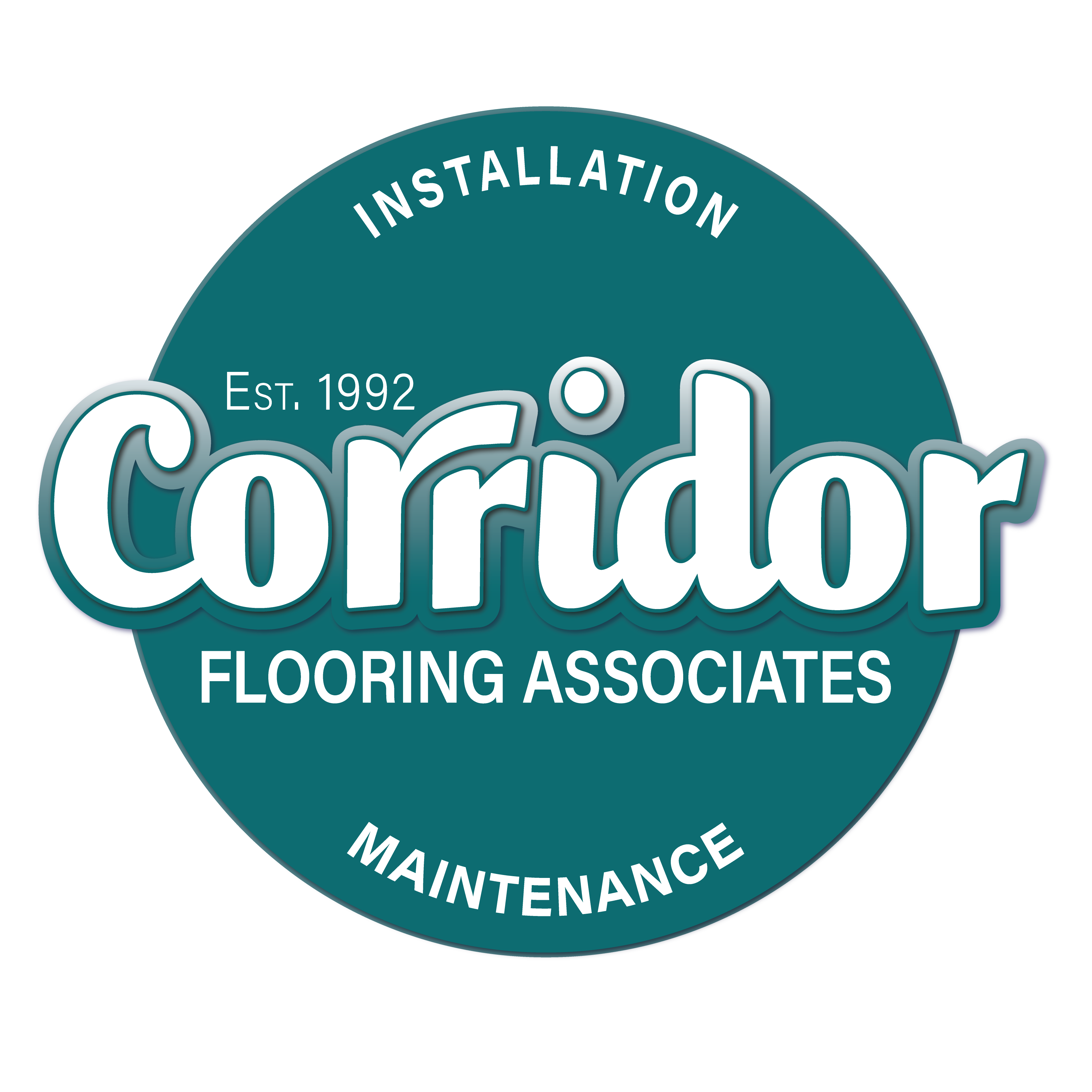The World of LVT
There is nothing like a good old fashioned home improvement project to strengthen your marriage, am I right? My husband thought it would be a great idea, since I am in the flooring business, that we embark on the mission of installing the new luxury vinyl plank flooring all by ourselves in the main living space of our home. We could stand back and admire our beautiful shiny new floors knowing it was through the work of our hands that made it happen. Our own blood, sweat, and tears…… and possibly some bickering, a shot or two of tequila, and more “oops” than I care to recall. Throughout the project, I couldn’t help but reflect on my career in flooring and try to turn it into as much of a learning experience as possible.
The first step in our process was selecting a material. Being in the commercial side of this industry I take for granted the vast product options when it comes to “luxury vinyl”. It’s oddly similar to buying toilet paper. One-ply, two-ply, three-ply? White or unbleached? Double rolls vs. single rolls or the everpopular MEGA rolls? Soft, Ultra Soft, quilted? My head spins. Same when it comes to the luxury vinyl market. LVT comes in many different visuals, plank and tile sizes, surfaces embossing options, and edging (bevel/micro-bevel/non-bevel), as well as thicknesses, and backing options. And that is just the beginning. Are you overwhelmed yet? I was.
LVT has gained popularity over the past decade due to its performance and durability qualities, ease of installation and maintenance, and extensive design flexibility. LVT is constructed to be water, scratch, scuff and stain resistant. Over time, emerging technologies have made it possible for LVT to closely mirror flooring products such as ceramic, wood and stone, without the hefty price tag.
Commercial luxury vinyl tile products are comprised of layers, a backing layer, the inter-core (or body) layer, a printed visual film, and a clear wear layer. The backing layer (stabilizing PVC) provides dimensional stability and can also be textured or enhanced with pre-applied adhesive or even a cushion material for underfoot comfort and sound absorption, or non-slip rubber for loose lay installation. The inter-core layer provides the bulk overall thickness of the plank or tile and is typically PVC mixed with ground inorganic fillers. The print layer is where the visual comes from. This is generally done with digital printing techniques using opaque print film (visual on one side, blank on the other). The clear wear layer (the most important piece in my opinion) is what gives the LVT it’s long-lasting performance characteristics and cleanability. This piece is measured in mils, which is a unit thickness equivalent to one thousandth of an inch and is KEY in LVT specification. ASTM standard for commercial installation is 20mil wear layer or higher. All the layers are laminated together with heat, time, and pressure to produce the final product.
Every commercial flooring manufacturer makes one (or multiple, ones). So, the question is, which “one” is the right choice for your facility?
It pays to do your due diligence and research when embarking on a luxury vinyl tile or plank flooring project, especially in a commercial setting where longevity is key. Every manufacturer has the best product (according to their local representative, and rightfully so, they should believe in their product!), but not every product is the best choice for your application. Corridor Flooring Associates has independently trained representatives and installers that have knowledge and experience with a variety of different products from a vast range of manufacturers. We have seen firsthand what works where, and unfortunately what does not work in certain situations. We can help you determine what floor preparation needs you may have, moisture issues, adhesive requirements, as well as any other special installation concerns that could come up.

